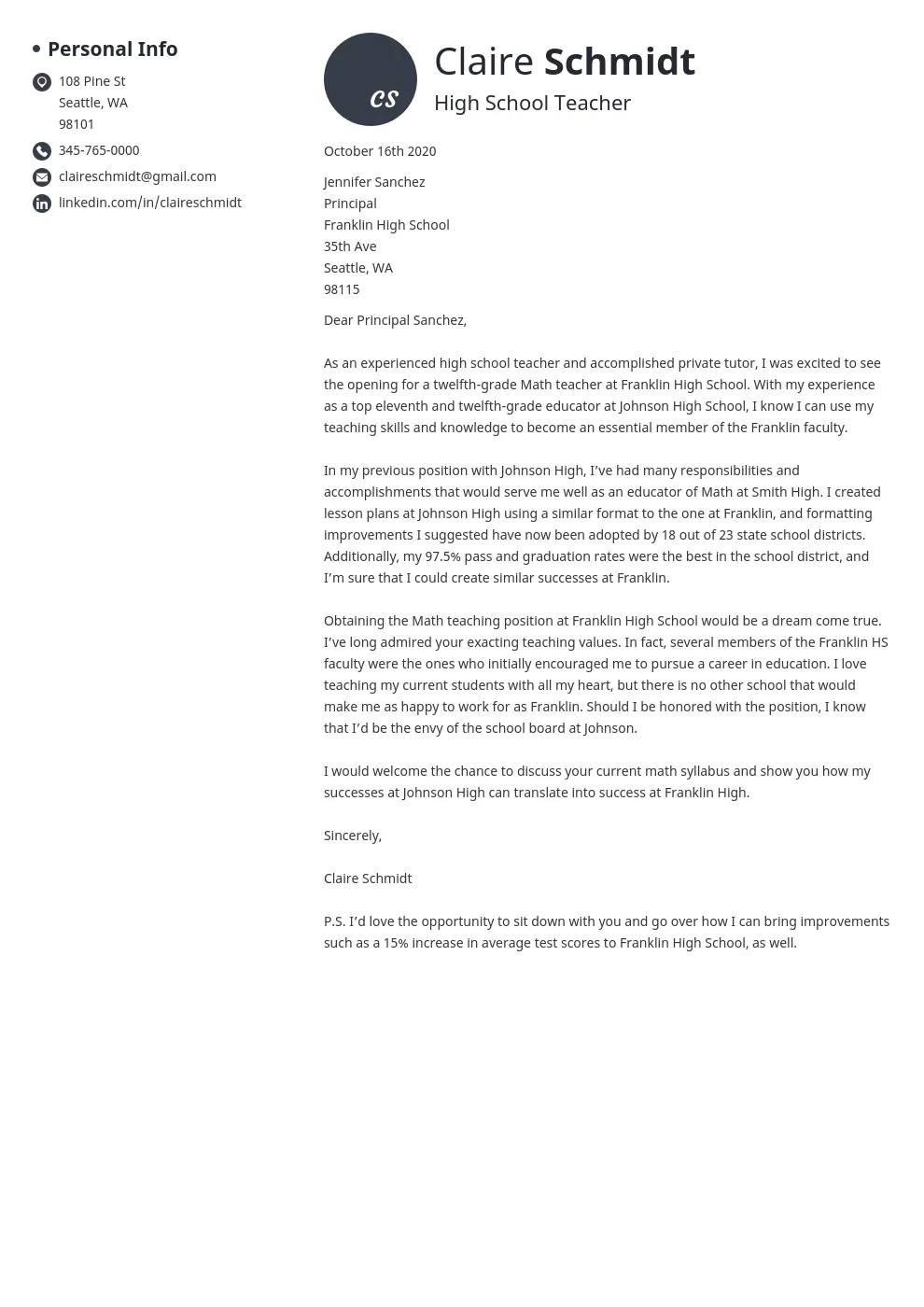What is a Cover Letter
A cover letter is a one-page document that you submit as part of your job application alongside your resume. It serves as an introduction to your resume, highlighting your key skills, experiences, and qualifications, and expressing your interest in the specific position and company. The cover letter allows you to provide context and explain how your background aligns with the job requirements. It should complement your resume, providing a narrative that showcases your personality and enthusiasm for the role. The goal is to persuade the hiring manager to read your resume and consider you for an interview.
Why is a Cover Letter Important
A cover letter is a critical component of a job application because it’s your first impression. It’s your chance to grab the hiring manager’s attention, showcase your writing skills, and demonstrate your genuine interest in the role and company. In many cases, a cover letter is the first document a hiring manager reads. A well-crafted cover letter can set you apart from other candidates by highlighting your unique qualifications and explaining why you’re a great fit. It allows you to tell your story, connect your skills to the job requirements, and express your enthusiasm. Not including one, or submitting a poorly written cover letter, could lead to your application being immediately rejected.
Cover Letter Format Essentials

A standard cover letter format is crucial for presenting your information professionally and making it easy for the hiring manager to read. Here’s a breakdown of the key components, ensuring your application stands out.
Contact Information
At the top of your cover letter, include your contact information. This typically includes your full name, phone number, email address, and optionally, your LinkedIn profile URL. Use a professional-looking email address. Ensure your phone number is up-to-date and that you have a professional voicemail greeting. This section allows the hiring manager to easily contact you.
Date
Below your contact information, include the date you are submitting the cover letter. This helps the employer know when the application was submitted. It’s a small detail, but it contributes to the overall organization and professionalism of the document.
Recipient Information
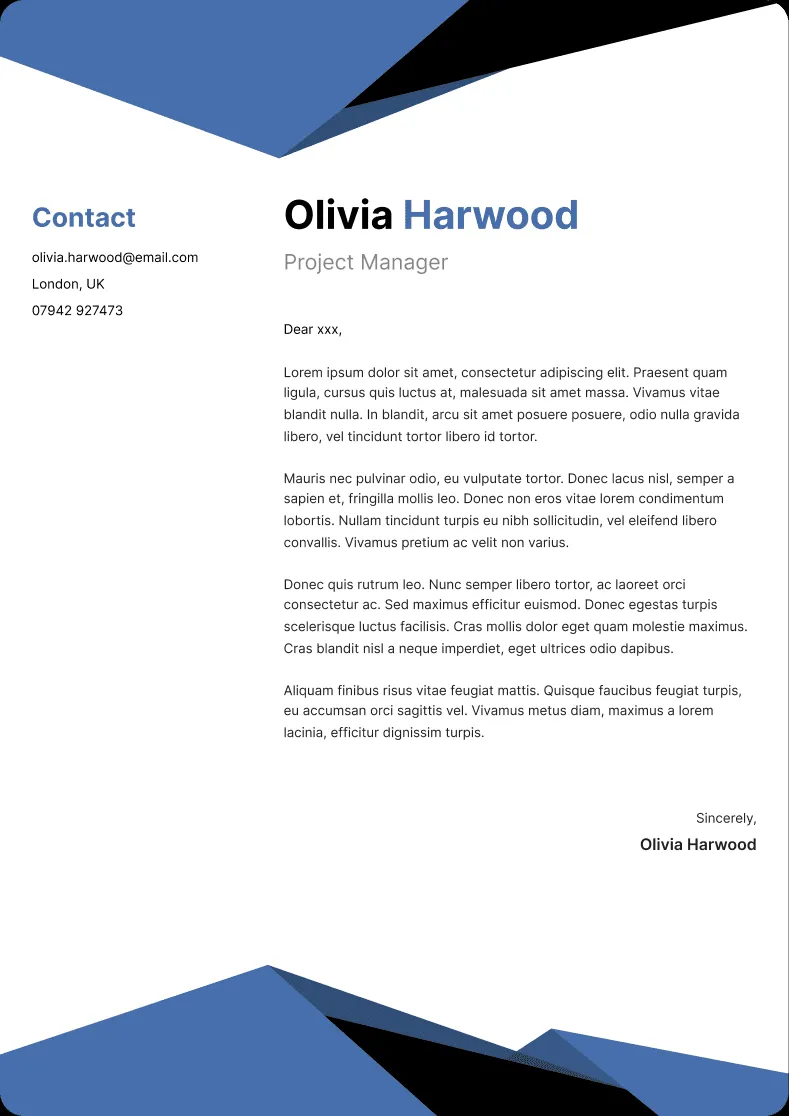
Address your cover letter to the hiring manager, if possible. Research the name and title of the person responsible for hiring. If you cannot find a specific name, use a professional salutation such as “Dear Hiring Manager” or “Dear [Company Name] Hiring Team.” Personalizing this section shows that you’ve taken the time to research and understand the company.
Salutation
Begin your cover letter with a professional salutation. If you know the hiring manager’s name, use “Dear Mr./Ms./Mx. [Last Name]”. If you don’t know the name, use “Dear Hiring Manager” or “Dear [Department] Hiring Team”. Avoid generic greetings like “To Whom It May Concern.” The salutation sets the tone for the rest of your letter.
Body Paragraph 1 Purpose
The first paragraph should state the position you’re applying for and how you found the job. Express your enthusiasm for the opportunity and the company. Briefly mention key qualifications or experiences that align with the job requirements. This paragraph is your hook, designed to capture the reader’s interest and encourage them to continue reading.
Body Paragraph 2 Purpose
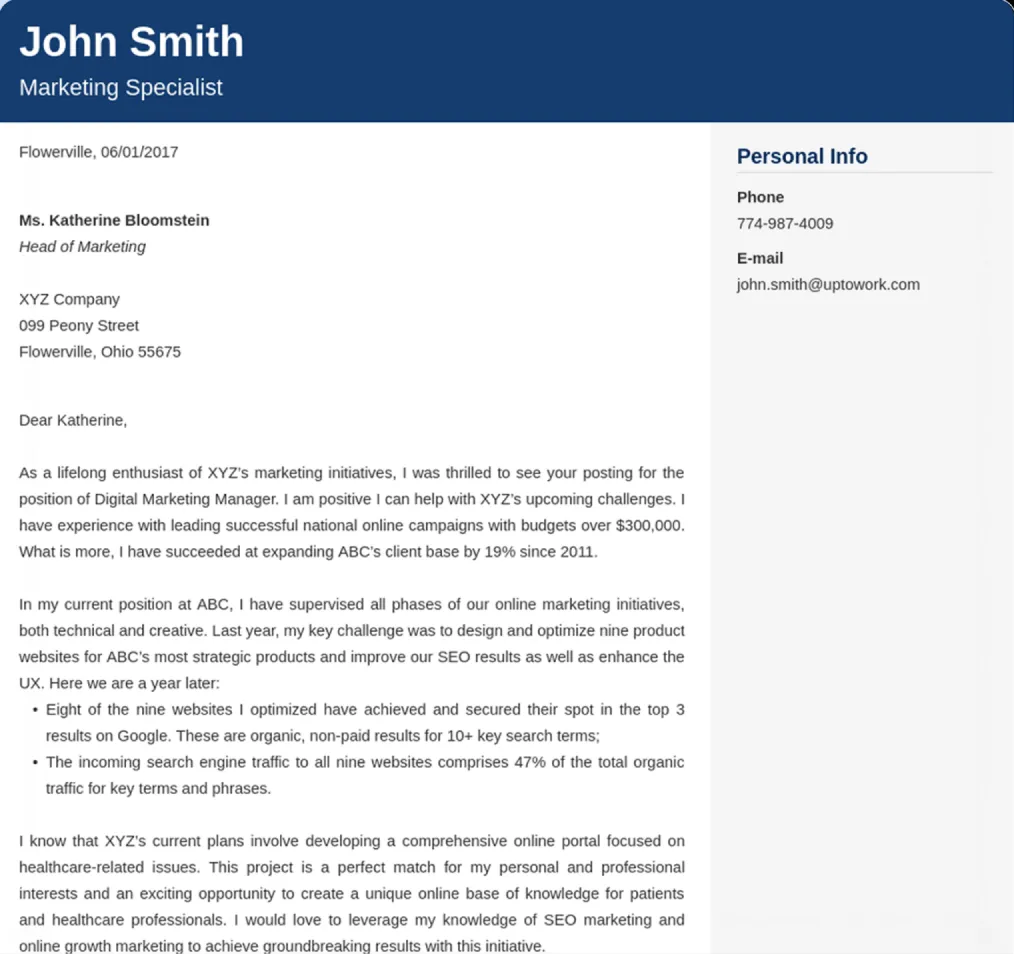
In the second paragraph, highlight your skills and experiences. Provide specific examples of your accomplishments and how they match the job requirements. Quantify your achievements whenever possible (e.g., “Increased sales by 15%”). Focus on the most relevant experiences and skills that demonstrate your ability to excel in the role. Connect your past experiences to the job description, showing how you can contribute to the company’s success.
Body Paragraph 3 Purpose
The third paragraph should explain why you’re a good fit for the company. Research the company’s mission, values, and recent projects, and explain how your goals align with theirs. Show genuine interest in the company’s culture and mention why you’re excited about the opportunity. This demonstrates that you’ve done your research and are truly interested in joining the organization.
Closing Paragraph
Conclude your cover letter with a call to action. Reiterate your interest in the position and thank the hiring manager for their time and consideration. Express your availability for an interview and provide your contact information again. A strong closing paragraph reinforces your enthusiasm and leaves a lasting positive impression.
Complimentary Close
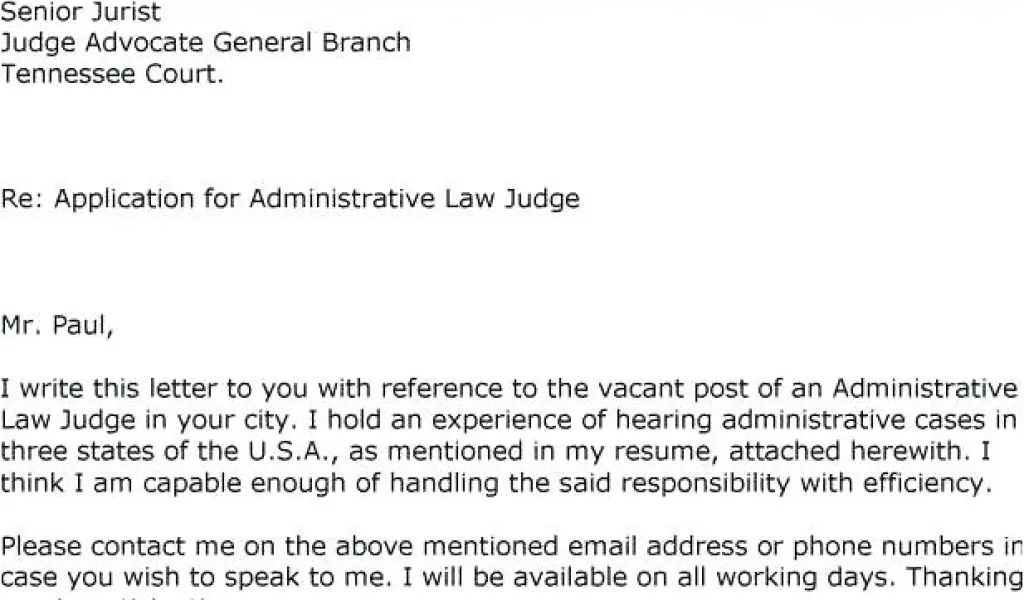
End your cover letter with a professional closing. Use phrases such as “Sincerely,” “Best regards,” or “Thank you for your consideration.” Ensure this aligns with the overall tone of your letter. This final touch maintains professionalism and leaves a positive impression.
Signature
If submitting a hard copy of your cover letter, leave space for your handwritten signature above your typed name. For digital applications, you can either use a scanned signature or simply type your name. This adds a personal touch and reinforces your professionalism.
Enclosure or Attachment
If you have additional documents to include, such as a portfolio or writing samples, mention them at the end of your cover letter. Use a simple sentence like, “Enclosed, please find my portfolio.” This informs the reader that there are supplementary materials for their review. It’s especially important for online applications where attachments need to be clearly indicated.
Cover Letter Format Tips for Online Applications
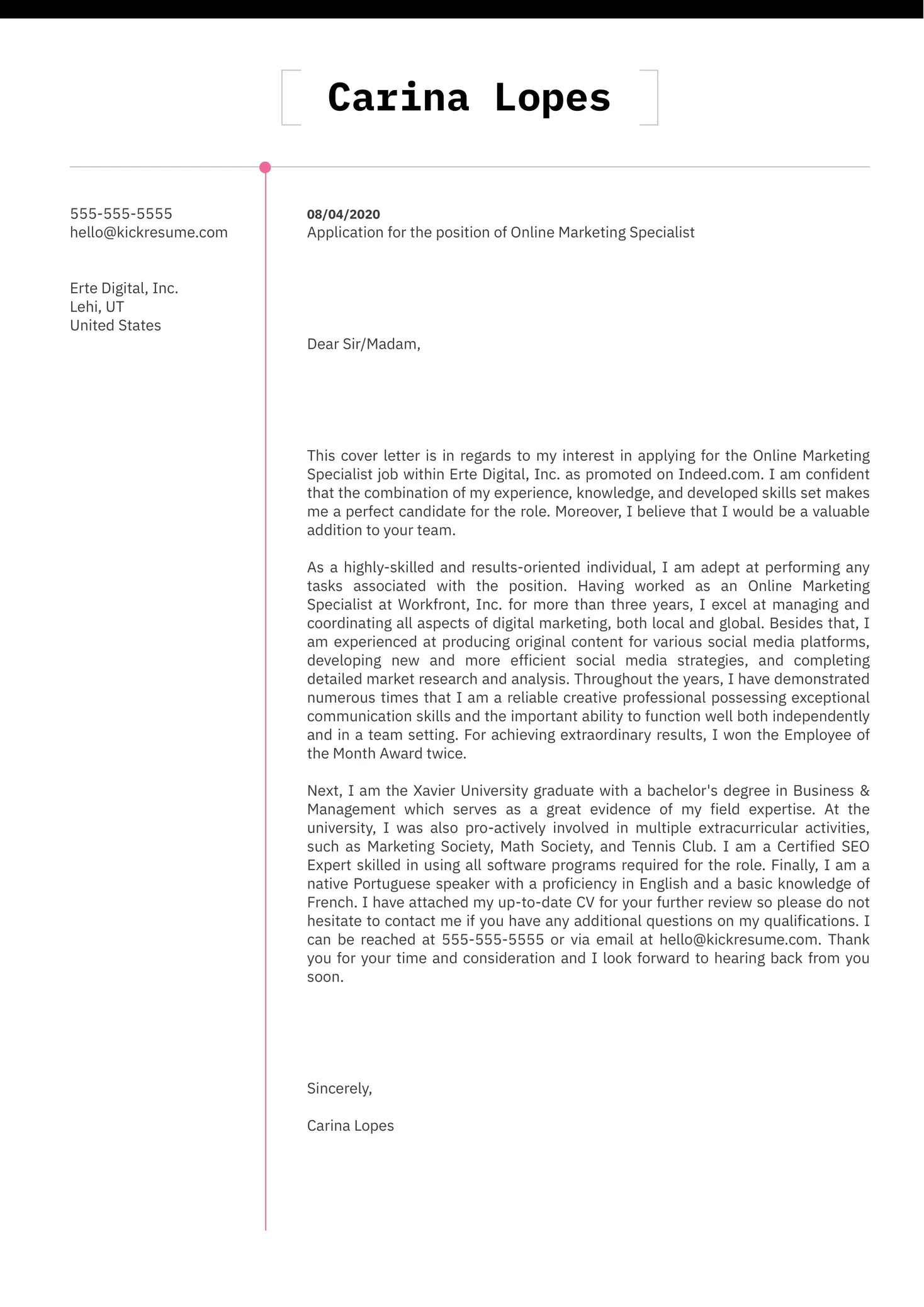
Online applications require a specific approach to cover letter formatting. These tips will ensure your cover letter is easily readable and makes a strong impression in the digital realm.
Tailoring Your Cover Letter for Online Applications
Customize your cover letter for each online application. Don’t send a generic letter. Review the job description carefully and tailor your letter to match the specific requirements. Highlight the skills and experiences that are most relevant to the position. This shows the hiring manager that you’ve put in the effort to understand their needs and are genuinely interested in the role.
Keywords and Applicant Tracking Systems
Many companies use Applicant Tracking Systems (ATS) to screen applications. Identify keywords from the job description and include them naturally throughout your cover letter. This increases the chances of your application passing through the ATS filters and reaching the hiring manager. However, avoid keyword stuffing, as it can make your letter sound unnatural. Focus on using keywords in context to describe your skills and experiences.
Formatting for Digital Readability
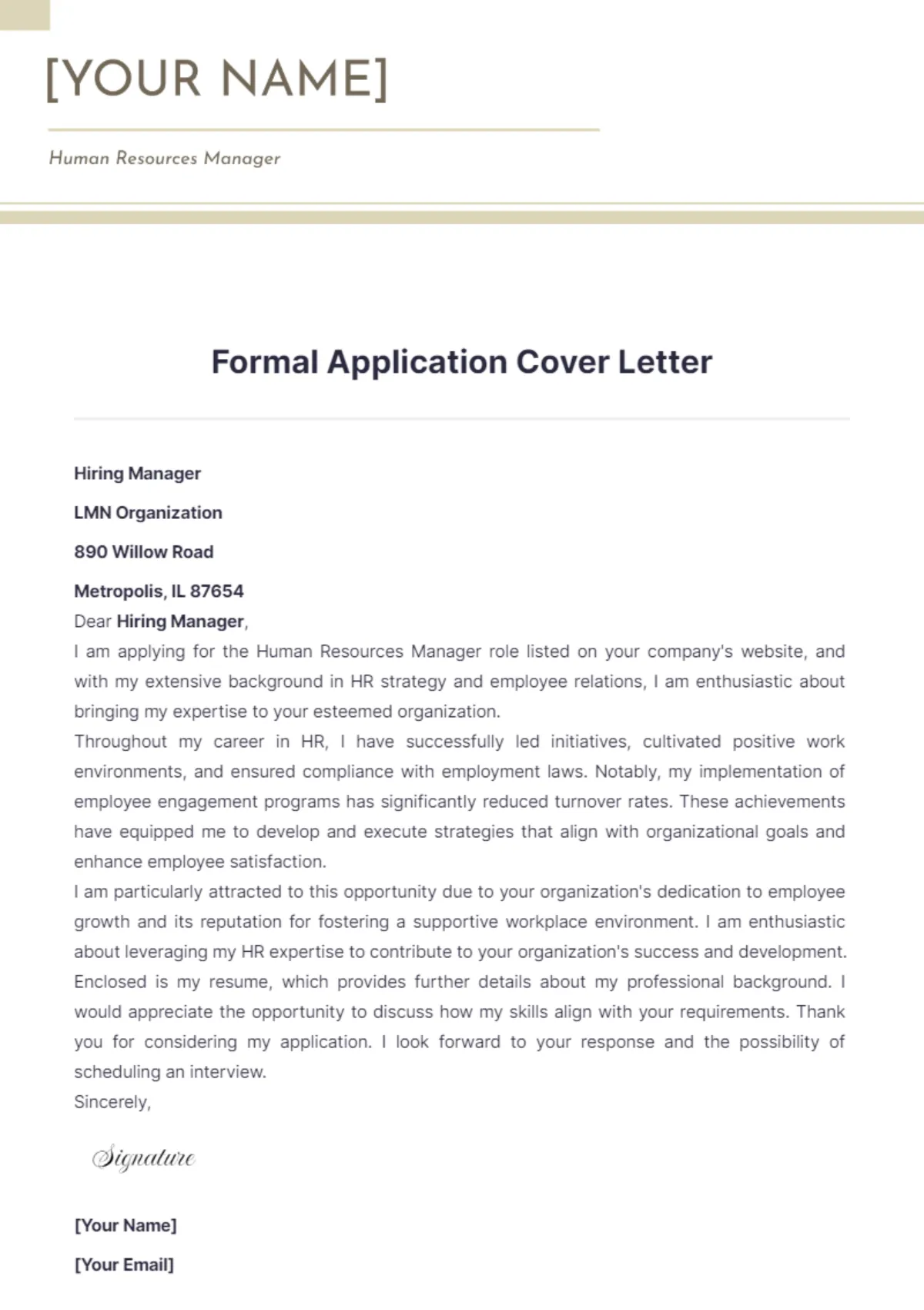
Ensure your cover letter is easy to read on a screen. Use a clear, professional font like Arial, Calibri, or Times New Roman, with a font size between 10 and 12 points. Use single spacing and one-inch margins. Break up long paragraphs into shorter ones. Use bullet points to highlight key skills and achievements. This formatting makes it easier for the hiring manager to quickly scan your letter.
PDF vs. Word Document
When submitting your cover letter online, pay attention to the file format requirements. If the job posting doesn’t specify a format, it’s generally best to save your cover letter as a PDF. PDFs preserve the formatting, ensuring your letter looks the same on any device. Word documents can have formatting issues when opened on different systems. Always check the job application instructions for preferred formats.
Cover Letter Formatting Mistakes to Avoid
Avoiding common mistakes is crucial to creating an effective cover letter. Here are some errors to steer clear of to make a positive impression.
Grammar and Spelling Errors
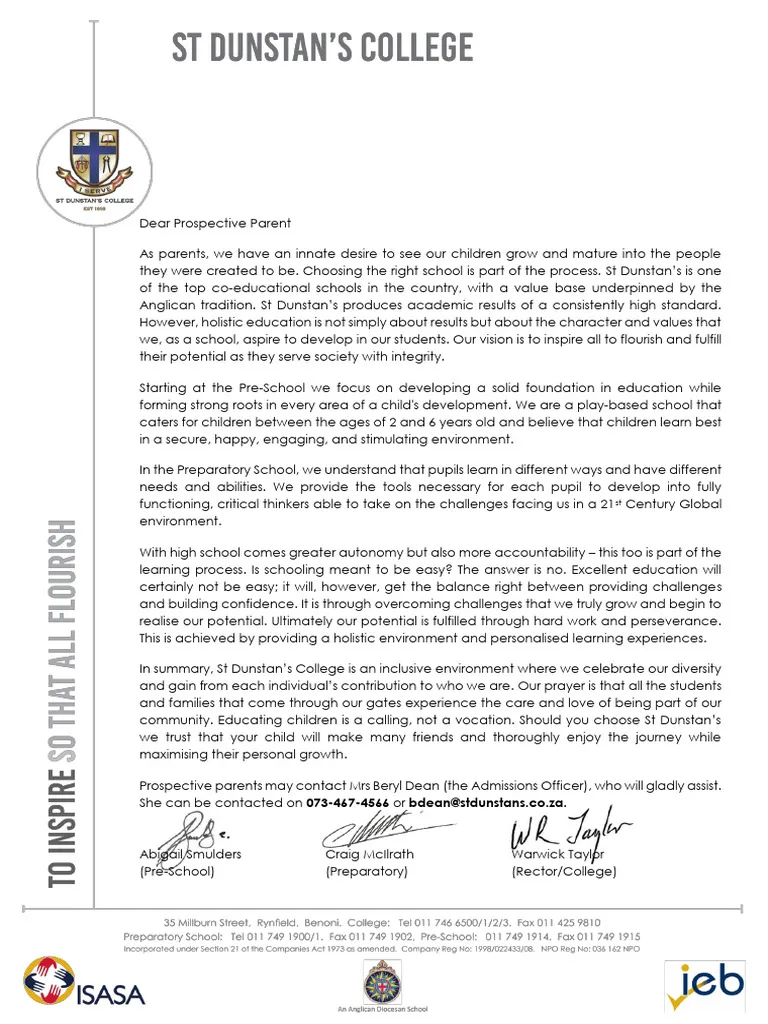
Proofread your cover letter carefully for any grammar and spelling errors. These errors can undermine your credibility and make you appear unprofessional. Use a grammar and spell checker, and have someone else review your letter as well. Ensure all names, titles, and company names are spelled correctly.
Generic Content
Avoid using generic cover letters. Tailor your letter to each job application, highlighting relevant skills and experiences. Generic letters show a lack of effort and interest. Customize the letter to the specific job description and company to demonstrate your genuine interest in the role. Include specific examples of your accomplishments and how they align with the job requirements.
Too Long Cover Letters
Keep your cover letter concise and to the point. Aim for a one-page document. Hiring managers are busy, so they may not read lengthy letters. Focus on the most relevant information and avoid unnecessary details. Use clear and concise language. A shorter, well-written cover letter is more likely to make a positive impact. Ensure your letter is easily scannable.
Common Cover Letter Format Examples
Different situations may require different cover letter formats. Here are a few common examples to guide you.
Cover Letter Format for Entry-Level Positions
For entry-level positions, focus on your education, internships, volunteer experiences, and transferable skills. Highlight any relevant coursework or projects. Mention your enthusiasm for the industry and your eagerness to learn. Tailor your letter to demonstrate how your skills and experiences meet the job requirements. Focus on demonstrating your potential and willingness to learn.
Cover Letter Format for Experienced Professionals
Experienced professionals should focus on their accomplishments, quantifying their achievements with metrics whenever possible. Showcase your expertise and leadership abilities. Provide specific examples of how you have solved problems and contributed to previous employers’ success. Demonstrate how your experience aligns with the requirements of the targeted role. Emphasize career progression and relevant industry knowledge.
Cover Letter Format for Specific Industries
Some industries may require specialized cover letter formats. Research the industry standards and tailor your letter accordingly. For example, the creative industries often value originality and design, so consider incorporating elements that showcase your skills. Healthcare and legal fields may require a more formal tone. Always research and follow industry-specific guidelines.
Cover Letter Format Online Application Checklist
Use this checklist to ensure your cover letter is ready for online applications. Review all aspects before submitting your application.
Proofread Your Cover Letter
Carefully proofread your cover letter for any grammar and spelling errors. Have a friend, family member, or career counselor review it as well. A well-proofread cover letter demonstrates attention to detail.
Save the Cover Letter in the Right Format
Save your cover letter as a PDF unless the job posting specifically requests another format. This ensures that the formatting will be preserved. Always verify the preferred file format specified in the job application instructions.
Submit Your Cover Letter
Follow the instructions in the job posting to submit your cover letter. Ensure all required attachments are included and that all information is accurate. Double-check everything before submitting to ensure a successful application. Ensure that your application is complete before submitting.
